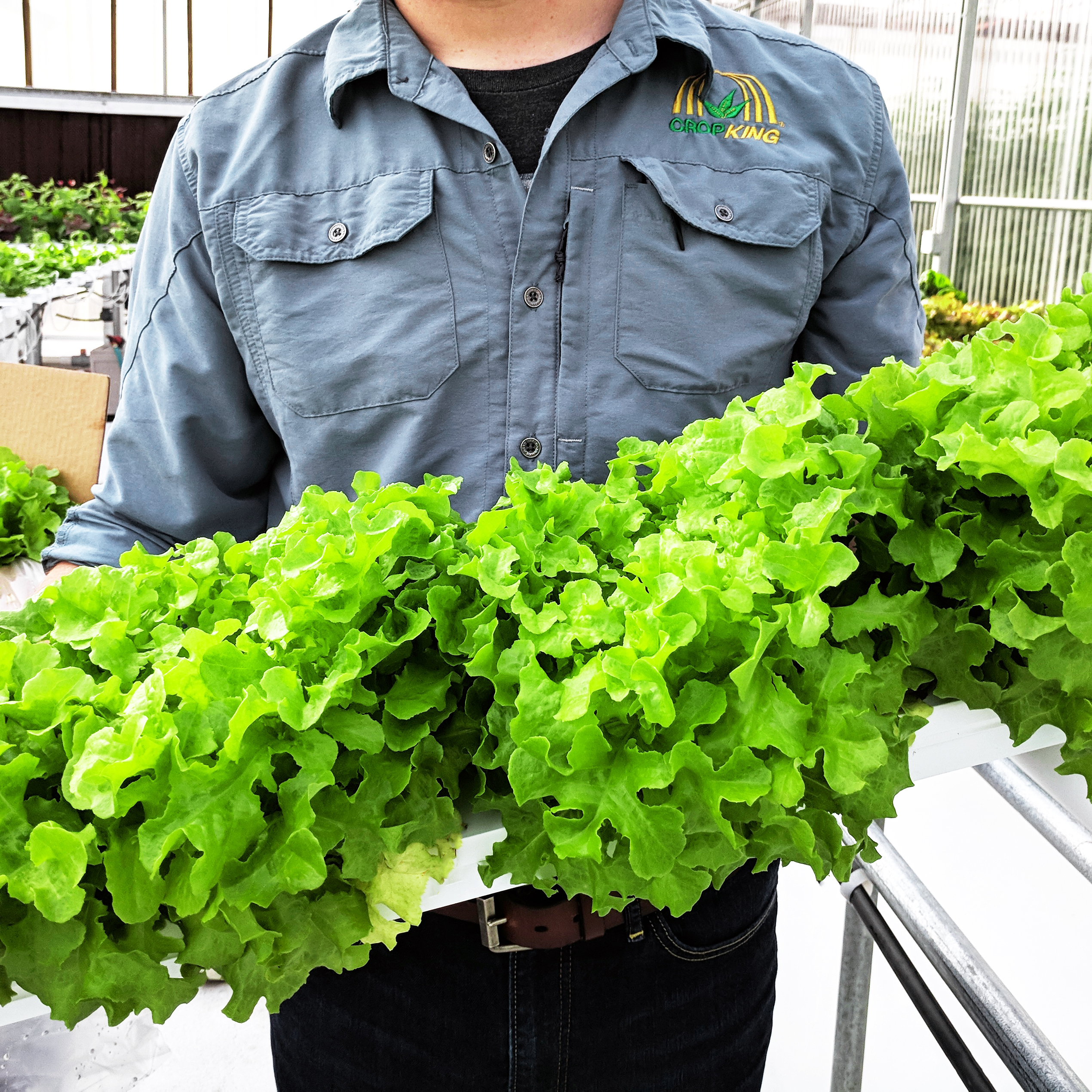Plant Nutrients - The Mighty Macros

For the second part in this this three-part series we will be discussing the major elements that are typically used in large quantities – calcium, magnesium and sulfur. Some people consider these macro elements and will usually put nitrogen, potassium, and phosphorus also in this category.
Calcium (Ca) – This element is often over looked when it comes to plant health and functionality. Calcium is the main building block for plant cell walls, helping to lessen the damage from pests and also contributing to proper fruit development. This element is considered to be immobile, so symptoms of deficiency will appear first in new tissue and fruit. Research on calcium in plants has shown that it is tightly used for the regulation of molybdenum (Mo). Calcium deficiency appears as various different symptoms depending what part of the plant is being looked at. If the fruit is suffering, the fruit will have a deformed shape or the start of rot. If the tissue is showing symptoms, it will often look stunted and misshaped, usually smaller than normal tissue.
Horticulture Pro tip: Most issues with plant growth and fruit disorders are a result in lack of proper levels of calcium in plant tissue.
Magnesium (Mg) – This element is in the center of every chlorophyll molecule. Plants also use this nutrient for uptake of phosphorus and as a building block of amino acids. This nutrient is mobile, so plants have the ability to move this nutrient from older tissue to newer tissue that is actively growing. When a plant is showing magnesium deficiency it will appear first as a pale-yellow color in the oldest leaves and then it will get more severe when exposed to more intense light. The lack of magnesium will also cause a decrease in productivity.
Sulfur (S) – This element plays the important role in the process to produce chlorophyll, the regulation of nitrogen, and as a major building block for amino acids and proteins. Like calcium, this element is also classified as immobile and will show deficiency symptoms in older tissue. Sulfur deficiency often looks pale yellow on older tissue and a stunned plant.
Horticulture Pro tip: In hydroponics, sulfur is often supplied to the plant through water adjustment, by using sulfuric acid to adjust the pH of the fertilizer solutions.
It is crucial to understand element basics to help improve your crop health. This has been a very brief overview of these nutrients that plants need. Make sure to check out other blogs on plant nutrients provided by the technical staff here at CropKing, including part 1 of this series.
plant nutrients hydroponics hydroponic
